Archive:
*2020-2021 School Curriculum
*2019-2020 School Curriculum and Review
*2018-2019 School Curriculum and Review
*2017-2018 School Curriculum and Review
*2016-2017 School Curriculum and Review
*2015-2016 School Curriculum and Review
*2014-2015 School Curriculum
*2013-2014 Review
Warning: I am a linear thinker and had to think this out in exactly the process that I do things in. This is just what I did this year and so that’s exactly how I describe it to you.
This was my first year really being a homeschool parent. Being a grown-up homeschooler doesn’t count. And the previous year didn’t count either, what with doing just three 10-15 minute kindergarten blocks per day while surviving two moves, a new baby, and no sleep. This year counts, though. We tucked a true “core” curriculum under our belts and first grade was a success. Next year, my goal is to bring back the joy of learning.
Here’s a little tutorial of “How to Homeschool,” Rachel Davis style:
Hint – read step five first.
Step 5:
Lesson planning
1. Take the list from Step 1 of the subjects you decided are important and lay it out on a week-long schedule, adjusting until it looks feasible.
2. Rewrite the name of each subject (math, reading, writing, etc.) onto its own sheet of paper.
3. Write down what resources you have for working on each subject and what you need to purchase. (Writing: College ruled paper, pencils, list of poem styles, list of types of creative writing, how to write a letter, etc. Need: Wide-ruled paper, more erasers, examples of poem types, etc.)
4. Type up a weekly schedule/chart that shows which subjects you’re doing each day, Monday-Friday. Typing is important, so you can print one out each week without rewriting it. Leave a blank for the date at the top and leave room to scribble details about that week’s plans. For example, on Monday mine has Writing, but when I get ready for the week, I hand write it with things like “letter to Grandma” and “remember to check spelling.”
5. Ta-da! You are prepared!
STEP 1
Decide what to teach: (subjects)
1. Make a list of all subjects you can think of.
2. Look up your state’s list of all the subjects they want you to teach. This tells you what level they should be at also.
3. Get overwhelmed, because you can’t possibly do all that. Then realize that nobody can or does learn every one of those subjects in its entirety (am I the only one who tries to learn everything about every subject all at once?). Relax. Then, notice that you can do four subjects at once and accomplish more off that list than you thought. For example, Reading, Language Arts, Spelling, and Handwriting are incorporated into just about every other subject, be it science, history or whatever it is you want to learn about.
4. Make yourself another list: Make columns that show
-things that are absolutely important academically this year. (core)
-things that you really want to do but aren’t on the core list (extra curricular?)
-things that you will save for later
5.Now that you have all the must-haves listed, put the list away somewhere safe. Put it out of your mind. Because, you know what’s more important than academics? It’s a happy house where people are loving and respectful of each other and cheerfully help each other. Accomplishing everythign academically does not equal success. Love and joy and character are better measures and they do best in a home where academics are in their proper place. Loosen up. Put on some music and dance with the kids. Release your imagination and just learn something fun together with your kids. Now, bottle that feeling up! You want to pour that liberally into your school year.
STEP 2
How to get it done (weekly schedule):
I liked to pick certain things for each day. That way we don’t try to do everything in one day. And it seems to be about the right amount of structure to keep us working without being so inflexible that normal life can’t happen. Well, that’s the idea anyway. I do stop school and go do other stuff some days. I think of my weekly schedule as a goal list and it helps to motivate me to keep working on things.
Here’s our weekly schedule for last year (first grade) and the order we worked on things during the day:
Monday/Wednesday/Friday: Mom reads to the kids, Handwriting (snail mail Monday and Wednesday, copywork on Friday), Math workbook (I liked Horizons), workbook pages (like the Brain Quest workbook… these are usually a little easier, but provide some variety and practice)
Tuesday: Mom reads, we practice piano together, we do visual math (Cuisenaire Rods or Base 10 math or Math U See type stuff), a science experiment or project, workbook
Thursday: Mom reads, piano, visual math, Art or cooking together, workbook
On that same little calendar, I made a note of anything else that happens: AWANA club on Wednesdays, Bible time with Papa before bed, goal to visit a friend or park once per week.
STEP 3
How to get it done (daily schedule):
I had a hard time figuring out what was best for the daily schedule. Morning chores first or second or halfway through? Definitely, I found that the morning worked best for us. How to work in the one-on-one school with the little kids’ needs? How to read to the girls with a baby turning toddler climbing up and demanding things from you? What ended up working the best this year for us was generally this little process:
*Have breakfast, get dressed, do hair, do morning chores
*Sit and read with mommy – give toddler snack and pray you finish before she does
*Give the other kids snacks and pull out and show them their work for the day. (Anna had full school – first grade. Maggie had workbook pages… pre-K… her goal was to do at least one of the pages according to the instructions. She surprised me and often did the pages carefully.)
*Do school. In case of hard “I can’t do it!” days (the kids or myself), I encouraged kids to go out and get the chicken eggs, we ran around the house and played chase, we turned on music and boogied and just generally shook things up for 10 minutes as needed. It wasn’t all fun and games… mostly, we tried to put our nose to the grindstone and get some basic schoolwork done this year.
STEP 4
What books to use (curriculum)
You can do ANYTHING. What curriculum to use is a big question. For the primary grades at least, though,you can just make it up! Consult the list you made in step one. Can you think of things to do for the core list? What do you need help with? Is it scheduling that stresses you out or finding materials? I’m a “make my own” kind of person, but it still really appeals to me to purchase a kit with everything I need. I love the way a structured curriculum is laid out for you. I also don’t love that, because it makes for less flexibility.
Two curricula that I’ve heard great things about: My Father’s World and Sonlight
Sonlight costs more, but is a super comprehensive pack. It appeals to the organizer in me. Somebody really loved organizing the curriculum and did a good job. My Father’s World looks great on my friends’ kids and I expect I’d like it too. Next week, I get to go to a curriculum fair in Portland. I’ll pay $15 just to look at tables full of books, but for those books that I want to purchase, it is helpful and inspiring to preview books along with other homeschooling parents.
If it didn’t cost lots of money, I would probably be using one of these two, I think. Since it does cost money (several hundred dollars per year), I make up my own. I rather enjoy looking through the materials I have on hand and matching it up with the subjects they need to learn.
My Made-up 1st Grade Curriculum:
Read-aloud time to kids: I have a long list of great early chapter books and I slowly worked my way through all of the Little House series and a bunch of the Magic Tree House books. I have a tallllllll stack of awesome books I want to read with the kids. I hope I get to.
Reading: For first readers, I like BOB books, the Hooked on Phonics first books, and Hop on Pop. After that… well, they kinda take off. Just go to the library often, consult reading lists, collect books at garage sales, etc.
Writing: I don’t have a program for this. Handwriting has still been pretty slow, so we didn’t need much. But we’ve worked on letter writing, a couple poems, and a first story. There are so many things to learn how to write… I am looking forward to her speed increasing so she can do more. Her imagination is fast already! (Fiction stories, non-fiction accounts, writing processes, writing a bigillion types of poems, letter-writing, formal-letter writing, speeches, and the list goes on. Google it.)
Math: I wanted a workbook for her basic math. I didn’t want to miss things now that we’ve moved beyond learning kindergarten math. I found Horizon math workbooks to fit the bill, but I’m sure there are many options. I wanted to do some more conceptual work with math, though to help the ideas stick better. So I got some Cuisenaire rods and I have some base ten rods and singles and I inherited some workbook pages for those and we build our math problems with them some days instead.
Workbooks: These probably aren’t necessary, but it gives Anna a chance to reinforce old concepts and introduce subjects we didn’t get to this year. I liked the BrainQuest one and she actually went three this year. At about $10 each, it wasn’t too expensive and the pages are usually a more colorful and slightly lower level than the rest of their school. It was a nice independent-work way to end the school days.
Music: I know how to play the piano, more or less, so I chose piano for Anna’s first music exposure beyond cds. I can teach her how to hold her hands, how to read the notes and encourage her to practice. She practiced with me for 10-30 minutes twice a week and that was all our relationship could handle. 🙂 Then I had her practice for 15 minutes a couple other days a week. Obviously, we didn’t get very far, but she is learning and it enriched our school experience.
Science: Formal science is what keeps falling out of our school experience. It is usually so messy and mom-intensive! My goal was to do one science experiment a week, even if it was a little one. We probably did 10 all year. But I tried to introduce the scientific process (observe, predict, uhh… observe, take notes, draw conclusions. Obviously, I need some work on this.) We have science notebooks and I encouraged them to write down what we did, what things looked like and so forth. Eventually, they will know how to track data and be able to reproduce things, which is important for an aspiring scientist. I have a new plan for next year.
Art & Cooking: Because these are messy and mom intensive, we did this once per week and we usually did it. Cooking is easier for me, because I can incorporate it into what I’m doing for the family anyway. We’re still just doing basic stuff, but it’s fun and they can make more elaborate things when Mom is there compared to when they craft on their own. Anna has made from scratch pudding quite a few times with me and cookies and some other stuff. Nothing like sugar for a motivator!
Field Trips: On my list of field trips, I put things like parks, friends houses, local museums, OMSI, etc. Basically, it was any out-of-the-house adventure. I didn’t include grocery trips. haha
Friends: Friends and input from other adults is important. We didn’t join a co-op this year, but we did go to a kid’s club once a week (AWANA) and also tried to see friends regularly. I’m hoping that as the kids get a little older, we are able to participate in 4-H and have more playdates.
Typing:
Spelling: I added typing and spelling late in the year, using free online programs. I didn’t really like my spelling program, but I like BBC’s Dance Mat Typing as a typing coach.
There are other subjects… for example, I incorporated History into my “mom reading” time for the first half of the school year. Culture studies are still pretty easily worked into everyday life. I need some more language arts help in the next year or two as Anna takes off with writing. I would love to find a really amazing video history series that brings history to life.
What I want to do next year:
Writing this all out has me pretty excited to go through the steps again for second grade! I love the excitement that comes with preparing and the first weeks or months of school.
This year, Anna didn’t like school after a few weeks. It was just work for her. Although I don’t think we’ll overcome that, my number one goal for next year is to discover a joy of learning. Since Anna can read quite well now and the little ones are sleeping better now, I hope to be successful in this. My first “fun” learning project that we’ll do ongoing is to make a “Field Guide,” researching and documenting the different plants and animals and bugs and rocks we see at our home. I hope it works out!

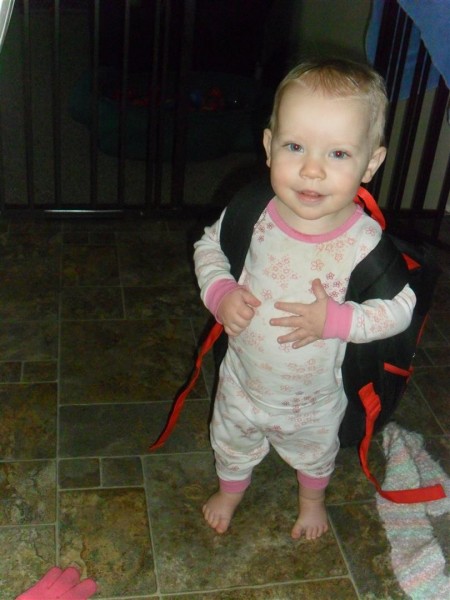
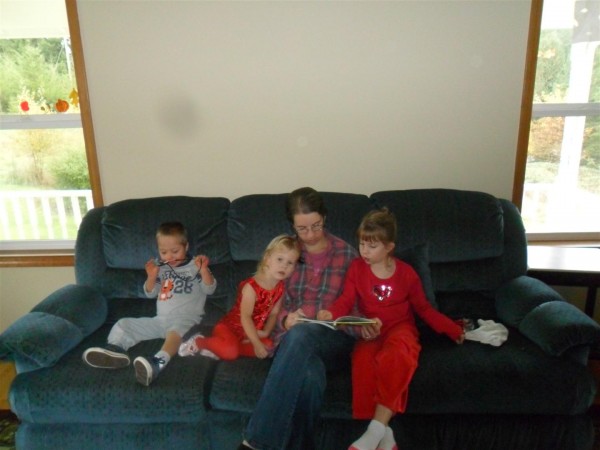
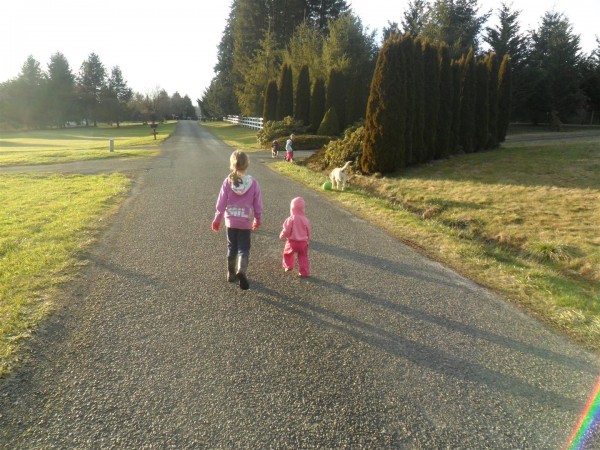
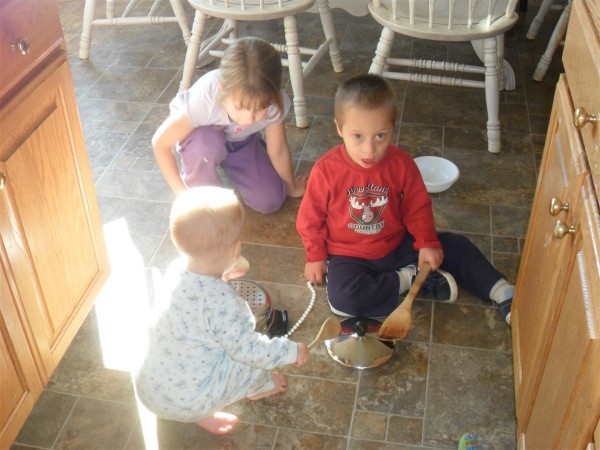
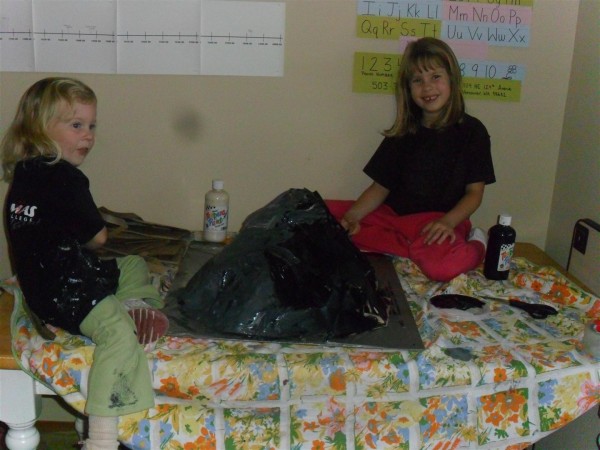
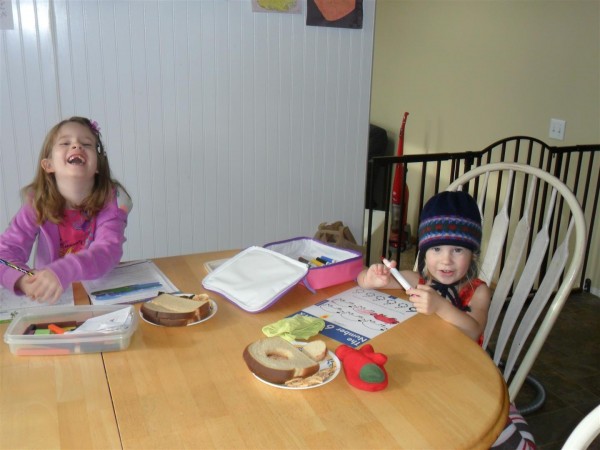
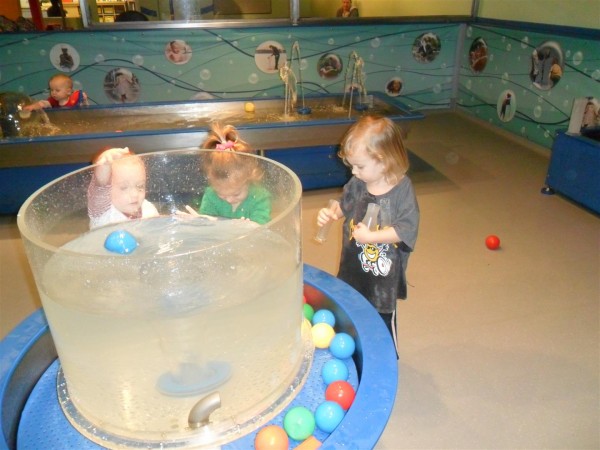
loveit!! havent read the whole thing yet but bet i will come back for ideas when i get serious in a few months. Love the last paragraph and many other points: “use ANYTHING”, “get overwhelmed”, “How to do it” including breakfast, and step 5 being first! hahaha. thanks for sharing and happy learning!!!